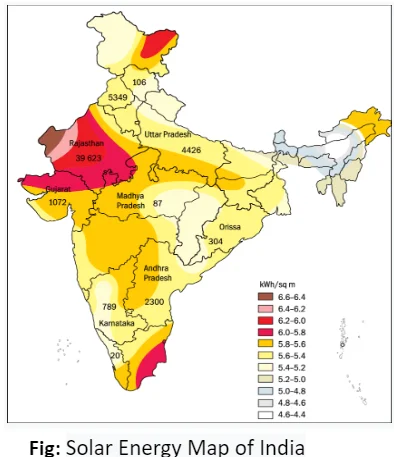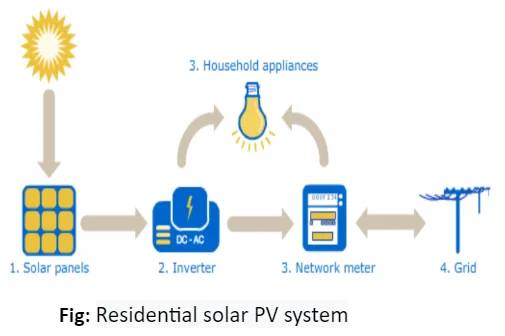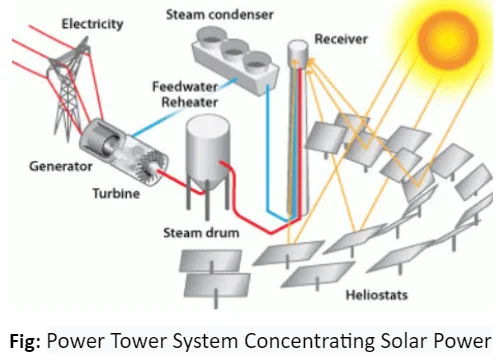![]() June 14, 2024
June 14, 2024
![]() 2768
2768
![]() 0
0
Solar energy, derived from the sun’s rays, holds immense potential for India’s energy needs. With abundant sunlight and progressive policies, India is rapidly embracing solar power to meet its growing energy demands. From rooftop systems to large-scale solar parks, various initiatives are underway to harness solar energy across the nation.
Solar Power Revolution: Harnessing Benefits and Advancements in India



Difference Between Solar PV Panels and Solar Thermal Panels
|
The National Institute of Solar Energy (NISE) estimates India’s solar potential at around 748 GW, assuming 3% of wasteland is covered by solar panels.
| Must Read | |
| Current Affairs | Editorial Analysis |
| Upsc Notes | Upsc Blogs |
| NCERT Notes | Free Main Answer Writing |
India’s journey towards solar energy expansion is marked by promising progress and ambitious targets.
<div class="new-fform">
</div>

Latest Comments